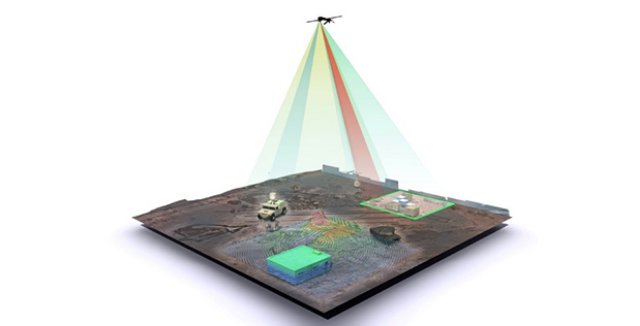
DARPA’s technology portfolio comprises about 250 paradigm-challenging programs across dozens of fields, from quantum metamaterials and machine learning to neurotechnology and unmanned system autonomy. Throughout the year, the Agency produces updates about newly launched efforts, promising results, and major program accomplishments. We post them all on the DARPA website, which in 2016 received 27 million page views—a 35 percent increase over last year.
At DARPA, we love all our programs equally but we understand that some of our efforts wow the public more than others. So to help our followers end the year with fond memories of some of their favorite DARPA moments—and to draw attention to some programs that even the closest DARPA watchers may have missed—we’ve compiled a countdown of the year’s ten most popular updates to DARPA’s news page, based on visits:
Picture a sensor pixel about the size of a red blood cell. Now envision a million of these pixels—a megapixel’s worth—in an array that covers a thumbnail. Take one more mental trip: dive down onto the surface of the semiconductor hosting all of these pixels and marvel at each pixel’s associated tech-mesh of more than 1,000 integrated transistors, which provide each and every pixel with a tiny reprogrammable brain of its own. That is the vision for DARPA’s new Reconfigurable Imaging (ReImagine) program.
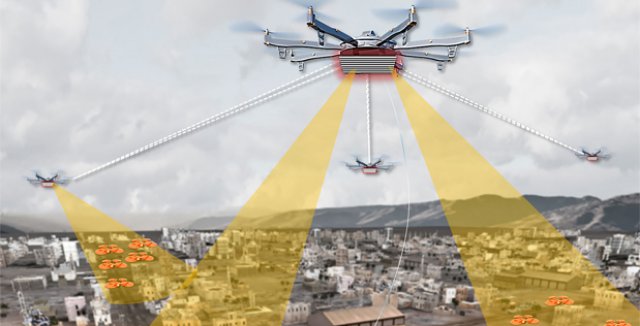
9. Keeping a Watchful Eye on Low-Flying Unmanned Aerial Systems in Cities (September 13, 2016)
To achieve the technically difficult goal of mapping small unmanned air systems (UAS) in urban terrain, DARPA launched its Aerial Dragnet program. The program seeks innovative technologies to provide persistent, wide-area surveillance of all UAS operating below 1,000 feet in a large city. While Aerial Dragnet’s focus is on protecting military troops operating in urban settings overseas, the system could ultimately find civilian applications to help protect U.S. metropolitan areas from UAS-enabled terrorist threats.
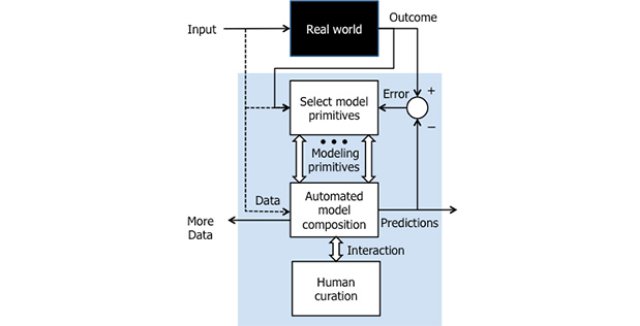
8. DARPA Goes “Meta” with Machine Learning for Machine Learning (June 17, 2016)
To free researchers from the tedium and limits of having to design their own empirical models, DARPA launched its Data-Driven Discovery of Models (D3M) program. The goal of D3M is to help overcome the data-science expertise gap by enabling non-experts to construct complex empirical models through automation of large parts of the model-creation process. If successful, researchers using D3M tools will effectively have access to an army of “virtual data scientists.”
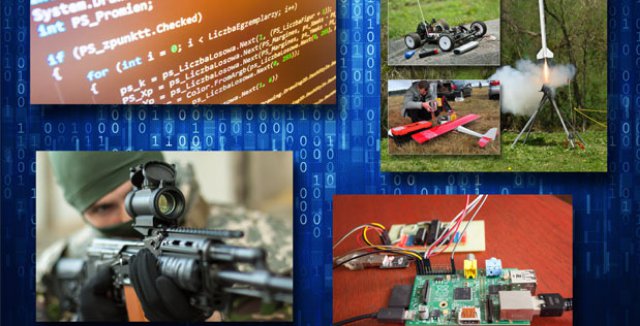
7. Mining Everyday Technologies to Anticipate Possibilities (March 11, 2016)
Increasingly, off-the-shelf equipment developed for the transportation, construction, agricultural, and other commercial sectors features highly sophisticated components, which resourceful adversaries can modify or combine to create novel and unanticipated security threats. To assess this growing security challenge and identify specific potential risks, a new DARPA effort is asking experts across multiple disciplines to look at today’s bustling commercial tech marketplace with an inventor’s eye and imagine how easily purchased, relatively benign technologies might be converted into serious security threats. The endeavor is dubbed “Improv,” an abbreviated reference to the potential for improvising with widely available technology to create new and unanticipated risks.
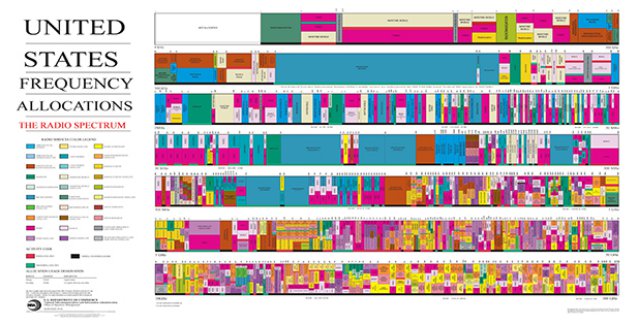 6. New DARPA Grand Challenge to Focus on Spectrum Collaboration (March 23, 2016)
6. New DARPA Grand Challenge to Focus on Spectrum Collaboration (March 23, 2016)
DARPA announced the newest of its Grand Challenges, one designed to ensure that the exponentially growing number of military and civilian wireless devices will have full access to the increasingly crowded electromagnetic spectrum. The Agency’s Spectrum Collaboration Challenge (SC2) will reward teams for developing smart systems that collaboratively, rather than competitively, adapt in real time to today’s fast-changing, congested spectrum environment—redefining the conventional spectrum management roles of humans and machines in order to maximize the flow of radio frequency (RF) signals.

5. Hallmark Envisions Real-Time Space Command and Control (June 17, 2016)
The volume of Earth’s operational space domain is hundreds of thousands times larger than the Earth’s oceans. It contains thousands of objects hurtling at tens of thousands of miles per hour. The scales and speeds in this extreme environment are difficult enough to grasp conceptually, let alone operationally, as is required for commanders overseeing the nation’s increasingly critical space assets. To help address these technical and strategic challenges, DARPA launched the first of two planned efforts under the Agency’s new Hallmark program, which has the overarching goal to provide breakthrough capabilities in U.S. space command and control.

4. “Mayhem” Declared Preliminary Winner of Historic Cyber Grand Challenge (August 4, 2016)
Capping an intensive three-year push to spark a revolution in automated cyber defense, DARPA announced that a computer system designed by a team of Pittsburgh-based researchers was the winner of the Agency’s Cyber Grand Challenge (CGC), the world’s first all-machine hacking tournament. The winning computer system, dubbed Mayhem, was created by a team known as ForAllSecure—one of seven teams that competed for nearly $4 million in prizes in an all-day competition conducted in front of 5,000 computer security professionals and others at the Paris Las Vegas Conference Center.
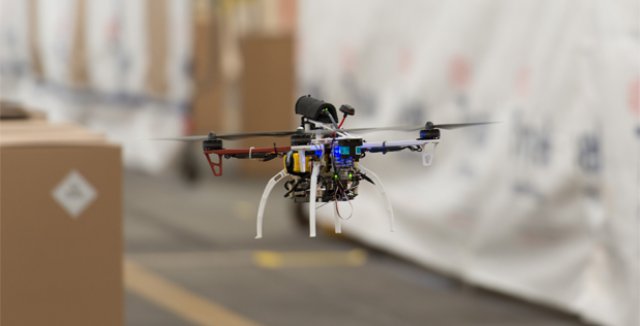
3. FLA Program Takes Flight (February 12, 2016)
They may not have zoomed flawlessly around obstacles like the Millennium Falcon did as it careened through the hull of a crashed Star Destroyer in Star Wars VII. But the sensor-loaded quadcopters that recently got tested in a cluttered hangar in Massachusetts did manage to edge their way around obstacles and achieve their target speeds of 20 meters per second. Moreover, the quadcopters did all this independently without anyone driving them…and of course they had the additional achievement of being real. Thus was the initial phase of DARPA’s Fast Lightweight Autonomy (FLA) program deemed an encouraging success.
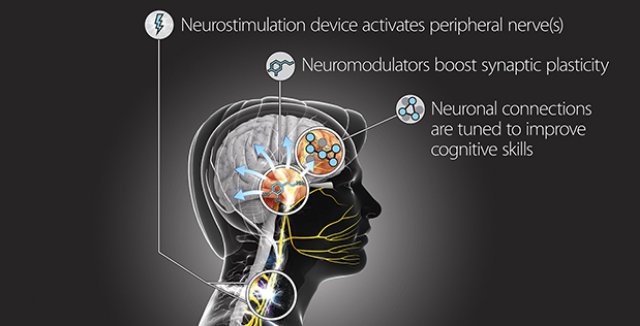
2. Boosting Synaptic Plasticity to Accelerate Learning (March 16, 2016)
DARPA aims to enlist the body’s peripheral nerves to achieve something that has long been considered the brain’s domain alone: facilitating learning. The effort will turn on its head the usual notion that the brain tells the peripheral nervous system what to do. The new program, Targeted Neuroplasticity Training (TNT), seeks to advance the pace and effectiveness of a specific kind of learning—cognitive skills training—through the precise activation of peripheral nerves that can in turn promote and strengthen neuronal connections in the brain.
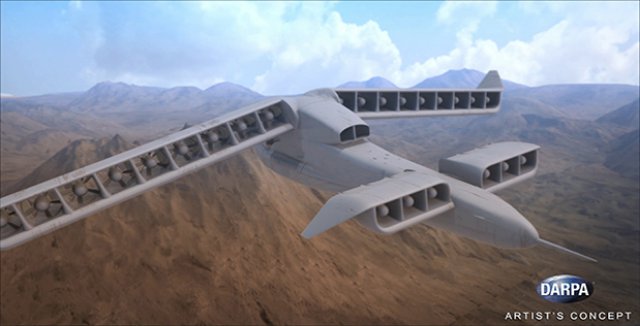
1. DARPA Announces VTOL X-Plane Phase 2 Design (March 3, 2016)
For decades, aircraft designers seeking to improve vertical takeoff and landing (VTOL) capabilities have endured a substantial set of interrelated challenges. Dozens of attempts have been made to increase top speed without sacrificing range, efficiency, or the ability to do useful work, with each effort struggling or failing in one way or another. DARPA’s VTOL Experimental Plane (VTOL X-Plane) program aims to overcome these challenges through innovative cross-pollination between fixed-wing and rotary-wing technologies and by developing and integrating novel subsystems to enable radical improvements in vertical and cruising flight capabilities. In an important step toward that goal, DARPA awarded the Phase 2 contract for VTOL X-Plane to Aurora Flight Sciences.
A full list of the Agency’s online updates is available here.
Source: DARPA

